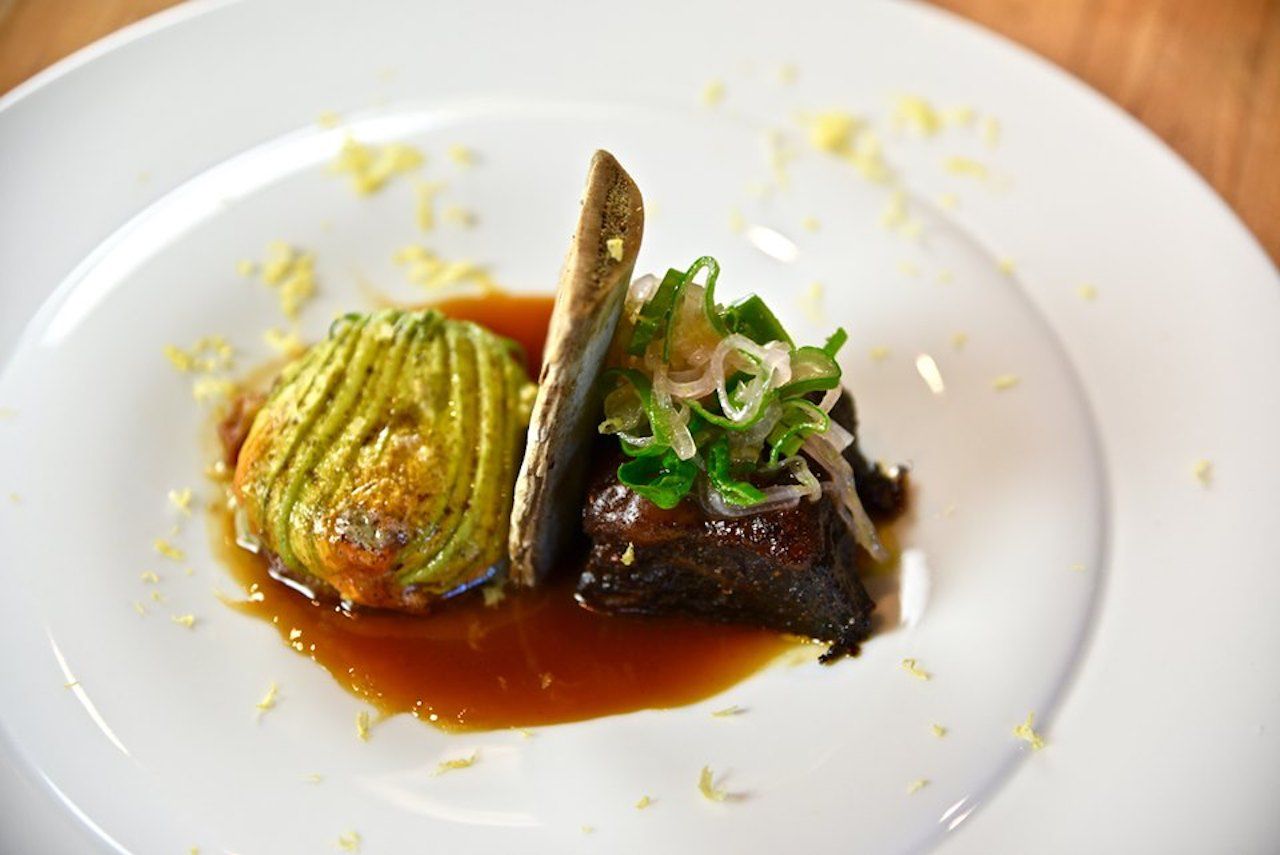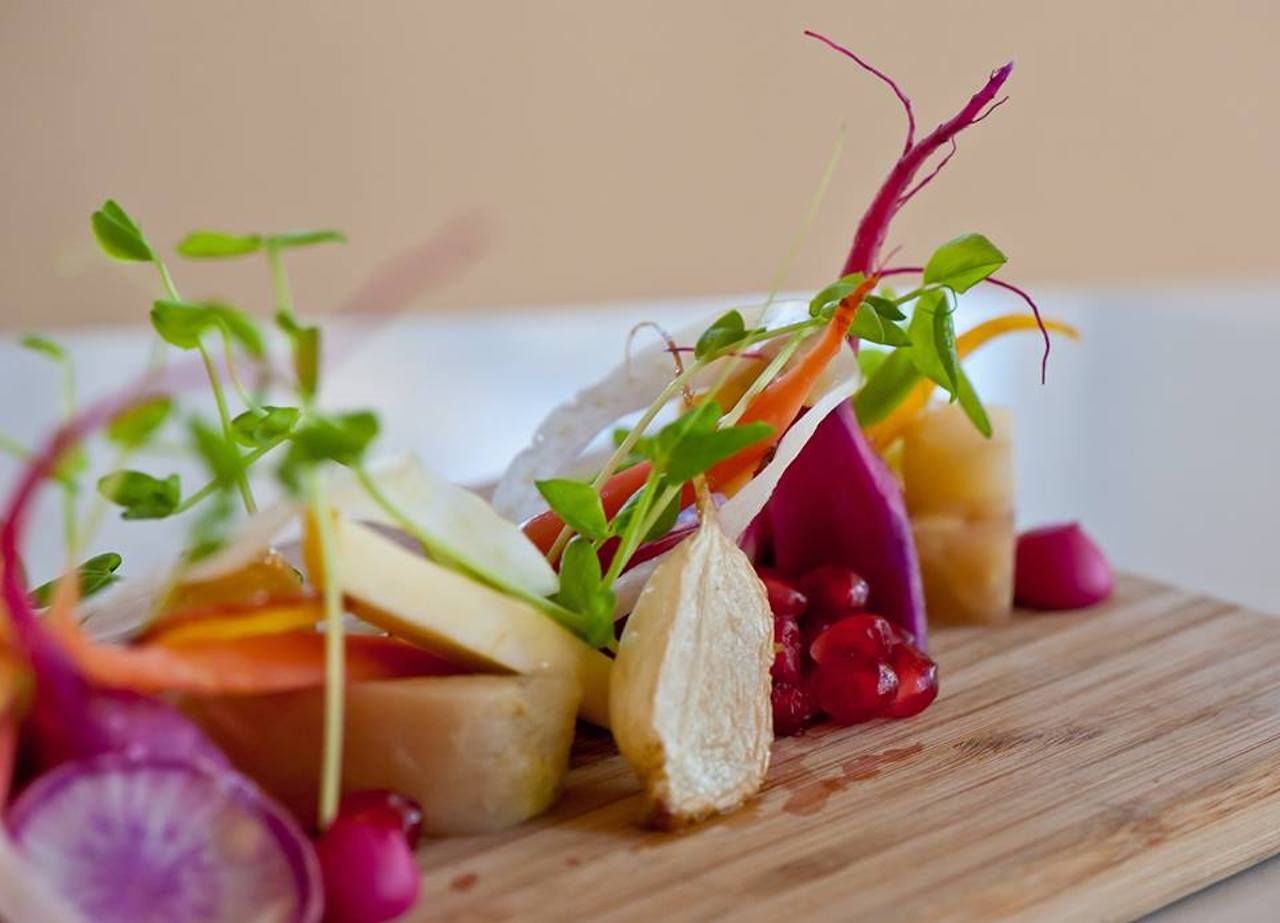When you’re trying to draw visitors to your city, the nickname “City of Trees” doesn’t get people searching for plane tickets.
This, presumably, was at least part of the logic when Sacramento decided to repaint its iconic water tower on I-5 back in 2017. For decades, the tower had stood as the welcoming point to California’s capital, welcoming weary truckers and motorists after their long, hot, flat treks through the San Joaquin Valley to the shady city of trees.




